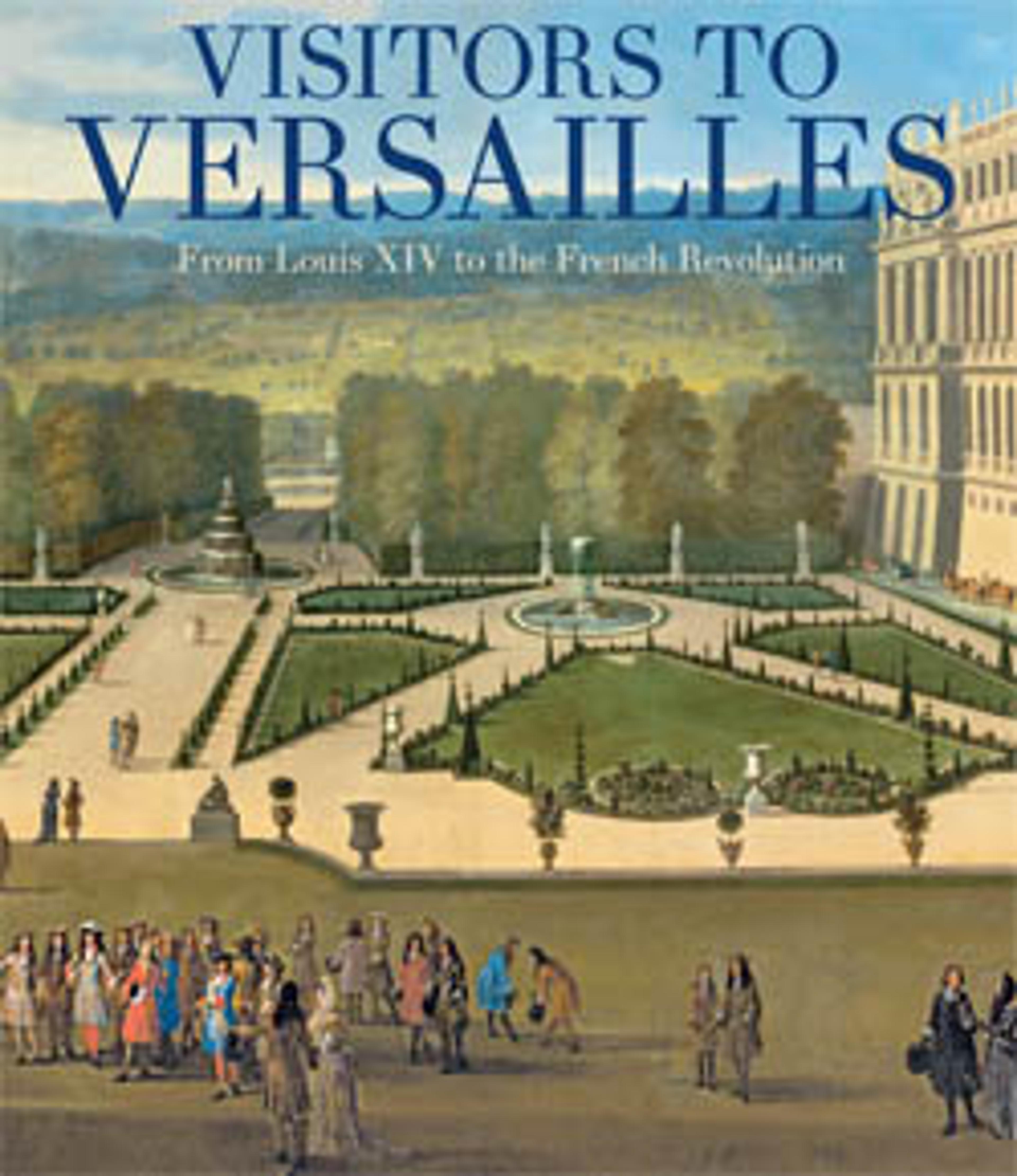Small writing desk (bonheur-du-jour)
Madame du Barry (née Jeanne Bécu; 1743–1793) became the official mistress of Louis XV after the death of Madame de Pompadour. In 1770 she was described in less than favorable terms by Elizabeth Seymour Percy, Duchess of Northumberland (1716–1776): "She is rather of a tall, middle size, full breasted, and is pretty but not to be call’d handsome . . . & has a strong Look of her former profession. Her Complexion is fair & clear & her skin very smooth but her Bloom is entirely gone off. . . . She is lodged in parts of the Kings apartment in the Attic." Madame du Barry bought luxury furnishings from the dealer Simon-Philippe Poirier for those private rooms at Versailles, including a small writing table with a raised section at the back, on November 18, 1768. It was recorded in her apartment at the palace, which she occupied until a few days before the king’s death, in May 1774, and described as “a very pretty stepped table with French porcelain on a green ground with floral cartouches.” Quite possibly the Museum’s bonheur-du-jour, as this type of small writing desk is called, was the one formerly in the possession of the king’s favorite. The model was repeated a number of times, and today eleven such bonheurs-dujour are known, but this is the only one that can be dated to 1768, based on the date letter P for that year painted on the back of twelve of the porcelain plaques. The desk has been attributed to Martin Carlin, who made some eighty pieces of porcelainmounted furniture between 1765 and 1778, intended for a fashionable and distinguished clientele consisting mostly of aristocratic ladies. Carlin supplied furniture to Poirier and later to his partner and successor, Dominique Daguerre (d. 1796 ), who were the principal buyers of porcelain plaques at the Sevres manufactory. Supported on four slender cabriole legs, this small piece is fitted with a single drawer in the frieze of the lower section, which has a hinged writing surface as well as a compartment that used to hold an inkwell, a trough for a sponge, and a box for sand to blot up excess ink.
Artwork Details
- Title:Small writing desk (bonheur-du-jour)
- Maker:Martin Carlin (French, near Freiburg im Breisgau ca. 1730–1785 Paris)
- Manufactory:Porcelain plaques by Sèvres Manufactory (French, 1740–present)
- Decorator:Decorated by Denis Levé (French, active 1754–93, 1795–1805)
- Date:ca. 1768
- Culture:French, Paris and Sèvres
- Medium:Oak veneered with tulipwood, amaranth, and stained sycamore; mahogany; seventeen soft-paste porcelain plaques; gilt-bronze mounts; velvet (not original)
- Dimensions:Overall: 32 1/2 × 25 7/8 × 16 in. (82.6 × 65.7 × 40.6 cm)
- Classification:Woodwork-Furniture
- Credit Line:Gift of Samuel H. Kress Foundation, 1958
- Object Number:58.75.48
- Curatorial Department: European Sculpture and Decorative Arts
More Artwork
Research Resources
The Met provides unparalleled resources for research and welcomes an international community of students and scholars. The Met's Open Access API is where creators and researchers can connect to the The Met collection. Open Access data and public domain images are available for unrestricted commercial and noncommercial use without permission or fee.
To request images under copyright and other restrictions, please use this Image Request form.
Feedback
We continue to research and examine historical and cultural context for objects in The Met collection. If you have comments or questions about this object record, please contact us using the form below. The Museum looks forward to receiving your comments.
